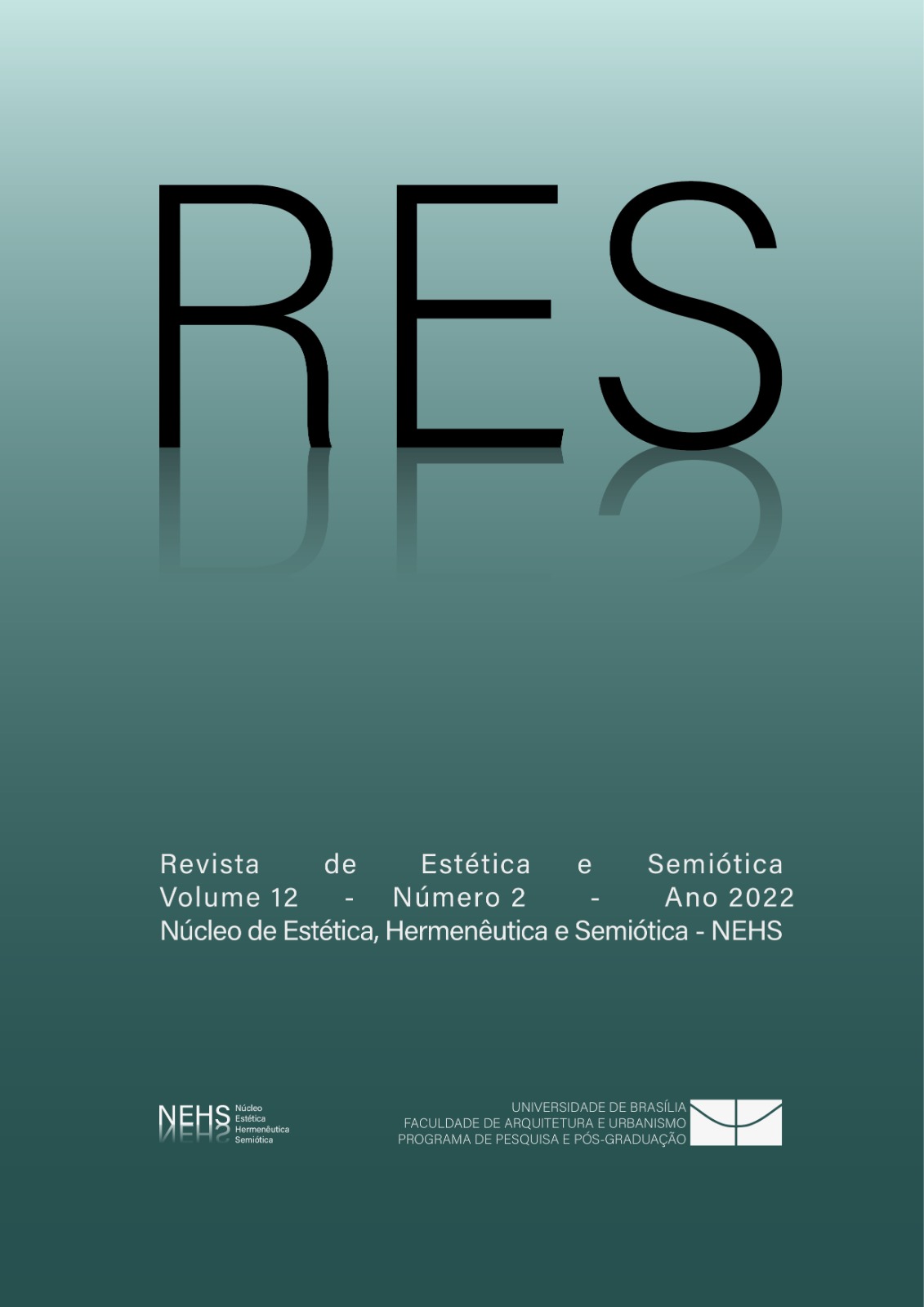Lugares que curam
DOI:
https://doi.org/10.18830/issn2238-362X.v12.n2.2022.08Resumo
O presente estudo tem como objetivo apresentar o papel da arquitetura e do design de interiores no processo de reabilitação física neurológica e psicológica de pessoas que sofreram algum trauma ou se encontram com doenças degenerativas. É comum associar a influência do espaço planejado na cura somente a ambientes hospitalares, porém, estudos comprovam que a reabilitação acontece em todos os lugares, por isso, o artigo se volta, principalmente, aos lugares do cotidiano. Por meio de literatura que comprova as diversas formas que inputs sensoriais podem atingir alguém que se recupera, busca-se entender o espaço por completo e como cada detalhe pode ser crucial para a melhora de um indivíduo. Reforça-se também o viés cognitivo do cérebro buscando relativizar o processo projetual e deixá-lo mais personalizado, fugindo de generalizações danosas ao seu potencial completo de auxílio na cura.
Downloads
Referências
DOIDGE, Norman. O cérebro que se transforma. 15a Edição. Rio de Janeiro: Record, 2021.
FRICKE, Oliver. P. et al. Healing Architecture for Sick Kids: Concepts of Environmental and Architectural Factors in Child and Adolescent Psychiatry. Herdecke: Hogrefe, 2019.
GAGE, Fred H. Neurogenesis in the Adult Brain. California: The Journal of Neuroscience, 2002.
NEVES, J. Arquitetura Sensorial: A arte de projetar para todos os sentidos. Rio de Janeiro: Mauad X, 2017
PALLASMAA, Juhani. The eyes of the skin: Architecture and the Senses (2a ed). Inglaterra: Wiley-Academy, 2005.
PALLASMAA, Juhani. Architecture and Neuroscience. Finlândia: Tapio Wirkkala—Rut Bryk Foundation, 2013
RASMUSSEN, Steen Eiler. Arquitetura Vivenciada. São Paulo: Martins Fontes, 2002
ROSZAK, Beata Łabuz. et al. Interactions between neurology and architecture – creating the built environment and its impact on the brain. Bytom: ArchMed Sci, 2020.
STERNBERG, Esther. Healing Spaces - the science of place and well-being. Massachusetts: The Belknap Press Of Harvard University Press, 2009.
STERNBERG, Esther. et al. Healing Spaces: Designing Physical Environments to Optimize Health, Wellbeing, and Performance. Basel: MDPI, 2020.
ZUMTHOR, Peter. Atmosferas (1a ed.). Barcelona: Editorial Gustavo Gili, 2006.
Downloads
Publicado
Versões
- 15-09-2023 (2)
- 28-11-2022 (1)
Como Citar
Edição
Seção
Licença

Este trabalho está licenciado sob uma licença Creative Commons Attribution-NonCommercial 4.0 International License.




